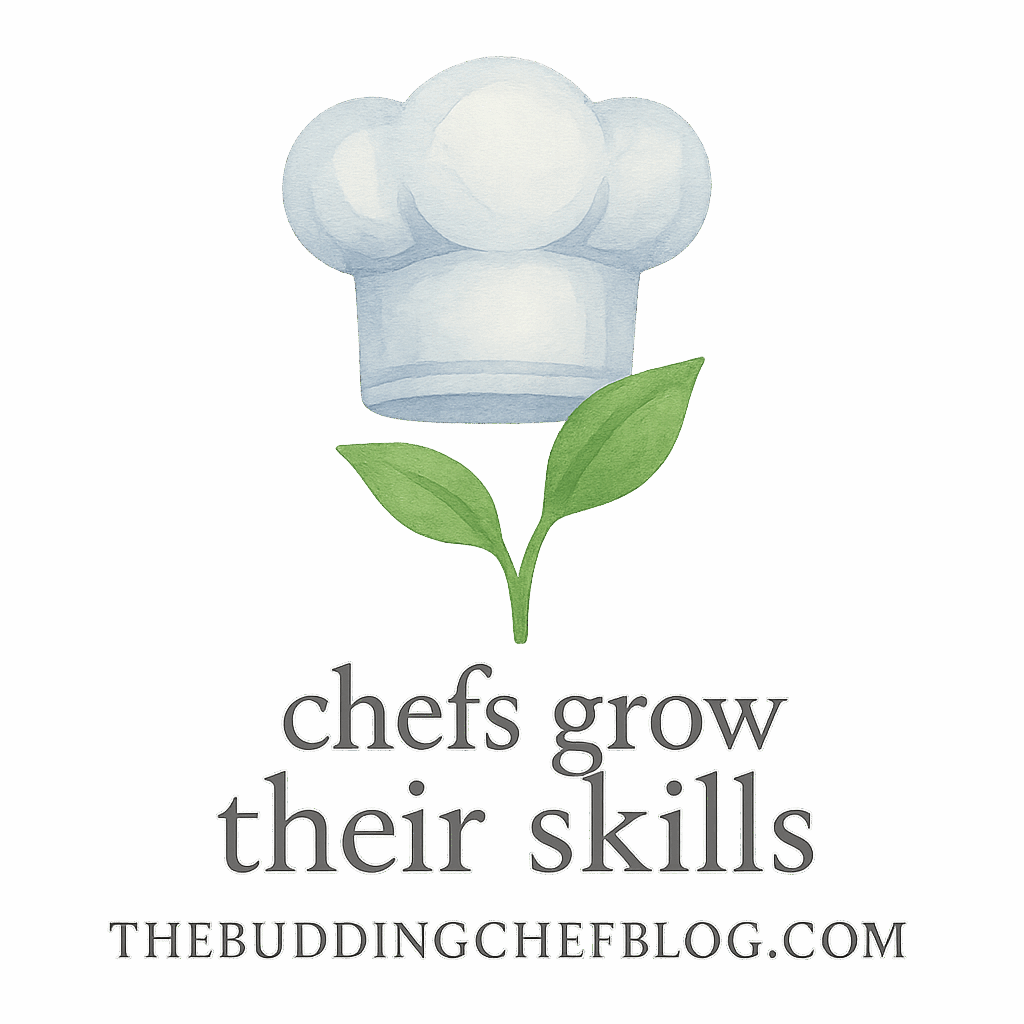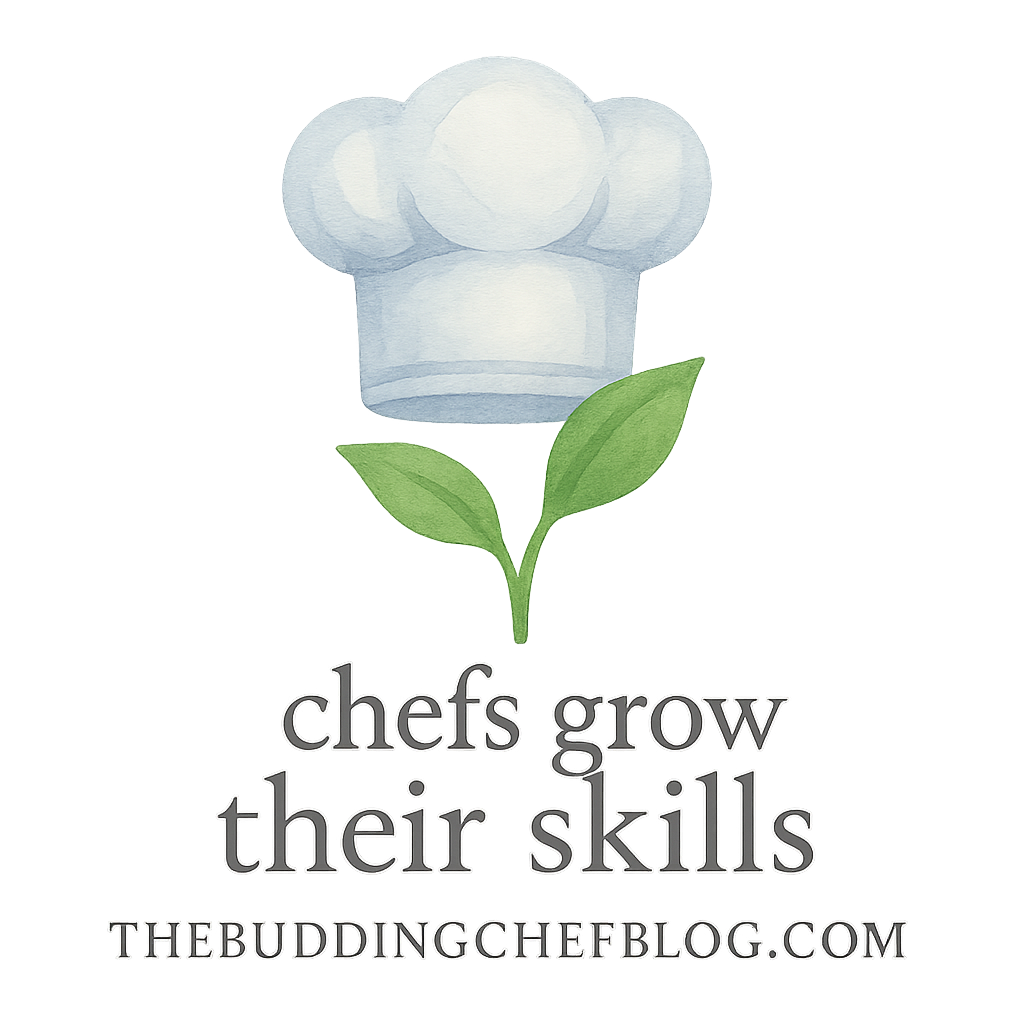Plating is more than just making food look pretty—it’s a visual appetizer that sets the stage for flavor. Whether you’re just starting out in the kitchen or already experimenting with recipes, learning how to plate like a pro is a game-changer. So, let’s talk about the six tools that can help beginner chefs transform simple dishes into restaurant-worthy art. These aren’t expensive gadgets, just smart essentials that offer big rewards.
While you’re upgrading your plating game, don’t forget to explore our kitchen tools & equipment guide for even more chef-worthy essentials.
Why Plating Matters More Than You Think
You’ve probably heard the phrase “we eat with our eyes first.” And it’s true. Before your dish even touches the tongue, your guest has already made up their mind about how it tastes—based purely on how it looks.
That’s why plating is a crucial skill, especially for those diving into culinary arts. Whether you’re a home cook or dreaming of the big leagues, good plating is one of those professional growth habits that separate amateurs from chefs.
The Art of Plating: A Beginner’s Perspective
First Impressions Count
Imagine two plates: same food, same ingredients—but one is thoughtfully arranged while the other is a messy pile. Which one would you eat first?
That’s the power of plating.
Balance and Composition in Every Plate
Just like painting or photography, plating needs balance. Think of the plate as your canvas, the ingredients as colors. You want to play with textures, shapes, and negative space—yes, empty space matters too.
Looking to build strong culinary foundations? Check out our deep dive on basic cooking techniques.
Essential Plating Tools for Beginners
Now let’s dig into the six tools that can take your plating from plain to polished.
1. Offset Spatula
What It Is and Why You Need It
An offset spatula might look like a tiny trowel—but trust us, it’s a plating miracle worker. The slight bend allows you to lift delicate items without damaging them.
How to Use an Offset Spatula Like a Pro
Perfect for sliding under fish fillets, moving cakes, or shifting elements on the plate without disturbing their structure. Pair it with a steady hand and you’ve got finesse.
Want more practice-based guides? Visit our section on recipe practice.
2. Squeeze Bottles
Perfect for Sauces and Purees
Ever noticed those fancy sauce swirls or dots on restaurant dishes? They’re usually done with squeeze bottles. Simple, yet brilliant.
Easy Control, Maximum Impact
You can control the exact amount of sauce and even draw shapes if you’re feeling artsy. A drizzle here, a dot there—it’s all about finesse.
This is one of those budget-friendly tools that packs serious visual punch.
3. Plating Tweezers
Precision Makes Perfection
Not just for surgeons! Plating tweezers help place microgreens, herbs, edible flowers—anything delicate that requires exact placement.
When to Use Tweezers in Plating
When your fingers are too big for the job, tweezers are the solution. They give you control over where each element goes, especially in tight compositions.
They’re a secret weapon every beginner chef should have.

4. Ring Molds
Elevate Structure and Symmetry
Want to stack rice or veggies into a neat cylinder? Ring molds make that happen. Perfect for elegant vertical plating.
Common Mistakes to Avoid
Don’t pack them too tight or too loose. And always grease the mold lightly so the food comes out clean.
Great plating is all about practice—tag your plating trials with #practice and join the chef community!
5. Microplane or Zester
Add Flavor and Flair
Whether it’s citrus zest, grated parmesan, or chocolate shavings, a microplane adds both visual and taste elements to your plate.
Creative Zesting Tips
Try zesting directly over the plate for that fresh “snowfall” effect. It’s subtle but impactful. Just be careful not to overdo it.
Explore more on ingredient knowledge to understand how flavor layers affect plating.
6. White Plates and Proper Cookware
Let the Food Shine
White plates are like blank canvases—they make your food pop. Avoid plates with busy patterns that distract from your dish.
Choosing the Right Plate for the Dish
Size, shape, and color matter. Use larger plates for minimalist looks or square plates for modern flair.
Want to explore more plating-friendly cookware? We’ve got your back.
Bonus Tips to Elevate Your Plating Game
Contrast and Color Are Key
Always think about color contrast. Bright veggies against creamy sauces? Yes, please.
Mind the Clock – Serve Fast, Look Sharp
Cold food on a hot plate? Disaster. Make sure your dish is plated and served quickly while maintaining temperature integrity.
You’ll find more real-world kitchen challenges in our hands-on tutorials.
Common Plating Mistakes Beginner Chefs Make
Overcrowding the Plate
Less is more. Don’t throw every element onto the plate—leave room for the eye to rest.
Ignoring Plate Temperature
A cold plate ruins hot food. Keep your dishes warm in the oven before plating.
Neglecting Garnish Purpose
A garnish should add flavor or texture—not just be there for looks. No random parsley allowed!
Find out how small mistakes can derail great dishes and how to avoid them.
Practice Makes Perfect – Keep Experimenting
You won’t master plating overnight, and that’s okay. Keep experimenting. Take photos. Adjust. Repeat. Every plate is a new opportunity.
Tap into our library of tips and keep the learning curve steep—but satisfying.
Final Thoughts
Mastering the art of plating doesn’t require a Michelin-star kitchen—just the right tools, a little practice, and an eye for detail. With these six simple tools, any beginner chef can start plating like a pro. Whether you’re working on affordable meals, learning to avoid common beginner mistakes, or simply trying to impress friends at dinner, the journey starts with plating.
Hungry for more? Dive into our content tagged for beginner, essentials, and improvement to level up your kitchen skills.
FAQs
1. What is the most important plating tool for beginners?
A good offset spatula is a must-have. It offers control and finesse, making it easier to plate without damaging food.
2. How do I start learning to plate dishes better?
Start simple. Use a white plate, focus on neatness, and avoid overcrowding. Use tools like squeeze bottles and tweezers to elevate the look.
3. Can I plate professionally on a budget?
Absolutely! Many plating tools like squeeze bottles and ring molds are affordable and easy to find.
4. Why does plate color matter in food presentation?
Neutral plates like white help your food stand out. Bright or patterned plates can distract from the meal’s presentation.
5. Should I invest in expensive tools as a beginner chef?
No need. Focus on basic kitchen tools first, then upgrade as you grow.
6. How do I know if I’m improving at plating?
Take photos of your dishes over time. Compare. Ask for feedback. Follow tags like #cooking-skills for inspiration.
7. Can plating really improve how food tastes?
Surprisingly, yes. Visual appeal sets expectations, and good plating makes dishes feel more flavorful and special.


